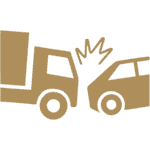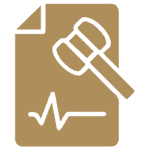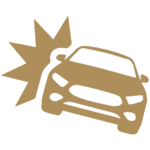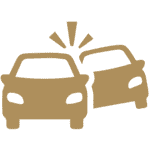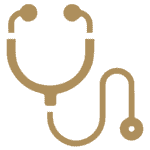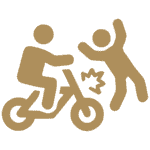Mon to Sun - 24/7 365
What Happens in a Chain Reaction Crash? Understanding Multi-Vehicle Accidents
Table of Contents
ToggleIntroduction to Chain Reaction Crashes
Chain reaction crashes, often referred to as multi-vehicle collisions, are complex and hazardous incidents where three or more vehicles are involved in a sequence of crashes, usually starting with an initial collision. These accidents commonly occur on freeways and highways where vehicles travel at higher speeds, making them one of the most dangerous types of road traffic accidents. Understanding the mechanics and consequences of these crashes is essential for all drivers.
Causes of Chain Reaction Crashes
The Initial Trigger
Chain reaction crashes typically start with an initial event that causes the first two vehicles to collide. This could be a sudden stop, a vehicle swerving to avoid an obstacle, or even a mechanical failure. The nature of high-speed roads means that other vehicles are often too close or too fast to react in time, leading to subsequent collisions.
Environmental and Human Factors
Various environmental factors such as poor weather conditions (rain, fog, ice), reduced visibility, and even road design can increase the likelihood of these crashes. Human factors, including distracted driving, speeding, and tailgating, significantly contribute to the severity and frequency of chain reaction accidents.
Dynamics of Chain Reaction Crashes
The Domino Effect
Once the initial crash occurs, each subsequent vehicle may become a part of the domino effect, where one crash leads to another. Vehicles may be hit multiple times, from different angles, compounding the damage and the potential for injury.
The Role of Speed and Distance
The speed at which vehicles travel and the distance between them are critical factors. Higher speeds reduce the reaction time drivers have to avoid a crash, while insufficient following distances do not allow safe stopping time, contributing to the severity of chain reaction crashes.
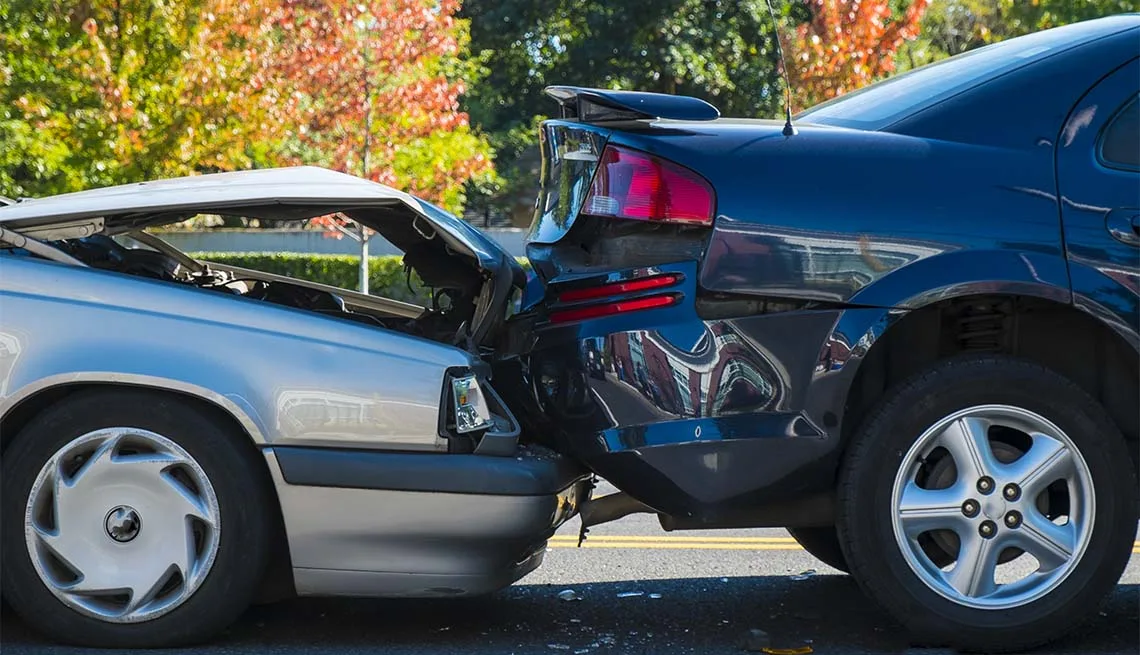
Legal Implications of Chain Reaction Crashes
Determining Fault
Assigning fault in chain reaction crashes can be legally complex. Typically, the driver who caused the initial accident might be primarily at fault, but each subsequent crash can also involve different levels of liability for each driver involved. Multi-vehicle collisions often require detailed investigations to determine the actions of each driver before, during, and after the accident.
Insurance Claims and Compensation
Chain reaction crashes often result in complicated insurance claims due to multiple vehicles and insurers involved. Victims may face challenges in obtaining fair compensation from insurance companies, as insurers assess the multi-faceted liabilities.
Preventative Measures for Drivers
Safe Driving Practices
Adopting safe driving practices is crucial in preventing chain reaction crashes. This includes maintaining adequate following distances, adhering to speed limits, and being vigilant of road conditions and traffic patterns.
Vehicle Maintenance
Regular vehicle maintenance ensures that brakes, tires, and other critical systems function properly, reducing the likelihood of a mechanical failure that could initiate a chain reaction crash.
Steps to Take Following a Chain Reaction Crash
Safety and Emergency Response
Immediately after a crash, prioritize safety by checking for injuries and moving to a safe location if possible. Contact emergency services for medical help and police presence.
Documentation for Legal and Insurance Purposes
Document the accident scene thoroughly using photographs and notes. Collect contact information from all parties involved and any witnesses. This documentation will be vital for insurance claims and potential legal actions.
Consult Legal Expertise
Consulting with a personal injury lawyer experienced in handling chain reaction crash cases can provide guidance on legal rights and the complexities of multi-vehicle accident claims.
Contact Ehrlich & Napartstek Personal Injury Lawyers for Assistance
Victims of chain reaction crashes do not have to navigate the aftermath alone. For expert legal guidance and to ensure your rights are protected, contact Ehrlich & Napartstek Personal Injury Lawyers. We are available 24/7 at (772) 842-8822 (Stuart) or (561) 687-1717 (West Palm Beach), or visit our office at 1330 SE Federal Hwy Stuart, FL 34994.
For additional safety tips and regulations, visit the National Highway Traffic Safety Administration (NHTSA) website.
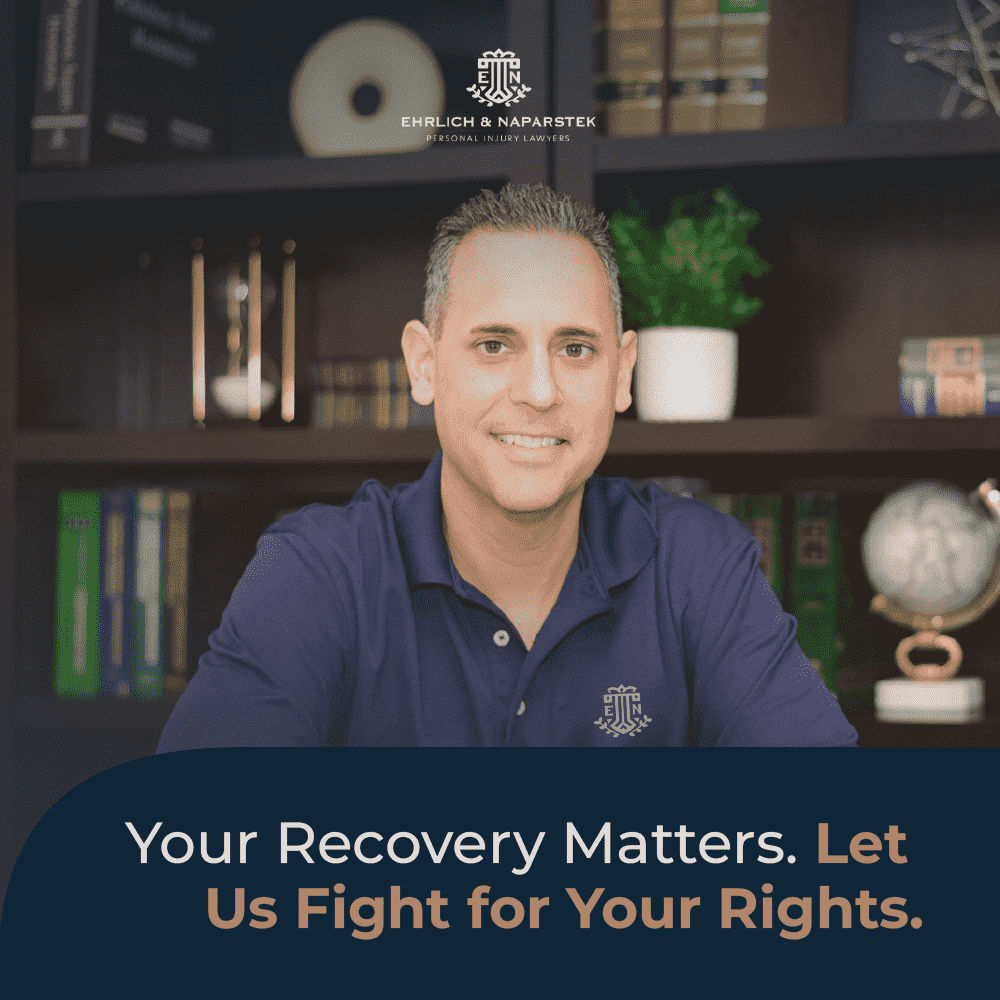
clients have
confidence in us
Ken and his team are undoubtedly the best lawyers I've ever had the pleasure of working with. Ken's dedication to his craft is nothing short of amazing. He truly loves what he does, and his passion shines through in every aspect of his work, making it a truly remarkable experience. Unlike many other lawyers who make grand promises, Ken and his team keep it refreshingly real. My entire family has been incredibly impressed with Ken's expertise and professionalism, and I wholeheartedly recommend him to anyone in need of legal assistance. Ken and his team are the real deal, and you can trust them to deliver exceptional results.
Matt and his team are absolutely outstanding. I wouldn't want to be on the opposing side in a courtroom battle with them. Matt is impressively prompt with his responses and exceptionally sharp in his legal arguments. I wholeheartedly recommend his services. He is not only highly factual but also incredibly thorough, leaving no stone unturned.
Following an accident at work where I broke seven ribs due to an unexpected hose incident in the kitchen, I sought help from Ken Ehrlich after facing endless frustration with Workers' Compensation. Despite a speedy recovery, I was labeled a "nuisance lawsuit" in Florida's complicated legal landscape, losing eight weeks of work and my right to sue the owner. Ken Ehrlich was a remarkable attorney. He secured the maximum compensation, covered my legal fees and medical costs, and even reduced his own percentage to assist me further. I highly recommend him to anyone tired of feeling powerless within a legal system that often favors the powerful. He made a significant difference in my case. All my best.
Accident Types
important PERSONAL INJURY FAQ
vision makes us who we are
What is the statute of limitations for personal injury claims in Florida?
In Florida, the statute of limitations for most personal injury claims is four years from the date of the injury. This means that if you've been injured, you have four years to initiate legal proceedings. If you fail to file your lawsuit within this time frame, you may lose your right to seek compensation.
How is fault determined in Florida auto accidents?
Florida operates under a no-fault insurance system. This means that after most traffic accidents, your own insurance policy will compensate you for medical expenses and lost income, irrespective of who was at fault. However, in severe injury cases, you might be able to step outside this no-fault system and file a lawsuit against the at-fault driver.
What is Florida's comparative negligence rule?
Florida follows a pure comparative negligence rule. If you're found to be partially at fault for your injury, your compensation may be reduced by a percentage equal to your share of the blame. For instance, if you're found to be 20% at fault, you can still recover 80% of your total damages.
What damages can I recover in a personal injury lawsuit in Florida?
In Florida, you can seek compensation for both economic and non-economic damages. Economic damages include tangible costs like medical bills and lost wages, while non-economic damages cover intangibles like pain and suffering, emotional distress, and loss of enjoyment of life.
How long does it typically take to settle a personal injury case in Florida?
The duration varies based on the complexity of the case, the parties involved, and the evidence. While some cases might settle quickly, others, especially those that go to trial, can take months or even years to resolve.
How much will it cost me to hire a personal injury attorney?
We operate on a contingency fee basis. This means that we only get paid if you win your case or secure a settlement. Typically, the fee is a percentage of the compensation you receive.
What should I do immediately after an accident in Florida?
First, prioritize your safety and seek medical attention. Then, if possible, document the scene, take photographs, gather witness information, and report the incident to the police or relevant authorities. It's also advisable to contact a personal injury attorney as soon as possible.
What if the person who hit me doesn't have insurance?
If you're hit by an uninsured or underinsured driver in Florida, you can turn to your own insurance policy's uninsured/underinsured motorist coverage. This coverage can help compensate for your injuries and damages.
How do I prove pain and suffering in a personal injury case?
Pain and suffering are subjective and can be challenging to quantify. Evidence such as medical records, therapy sessions, personal journals, and testimonies from friends and family can help establish the extent of your pain and suffering.
Make an inquiry?
vision makes us who we are





